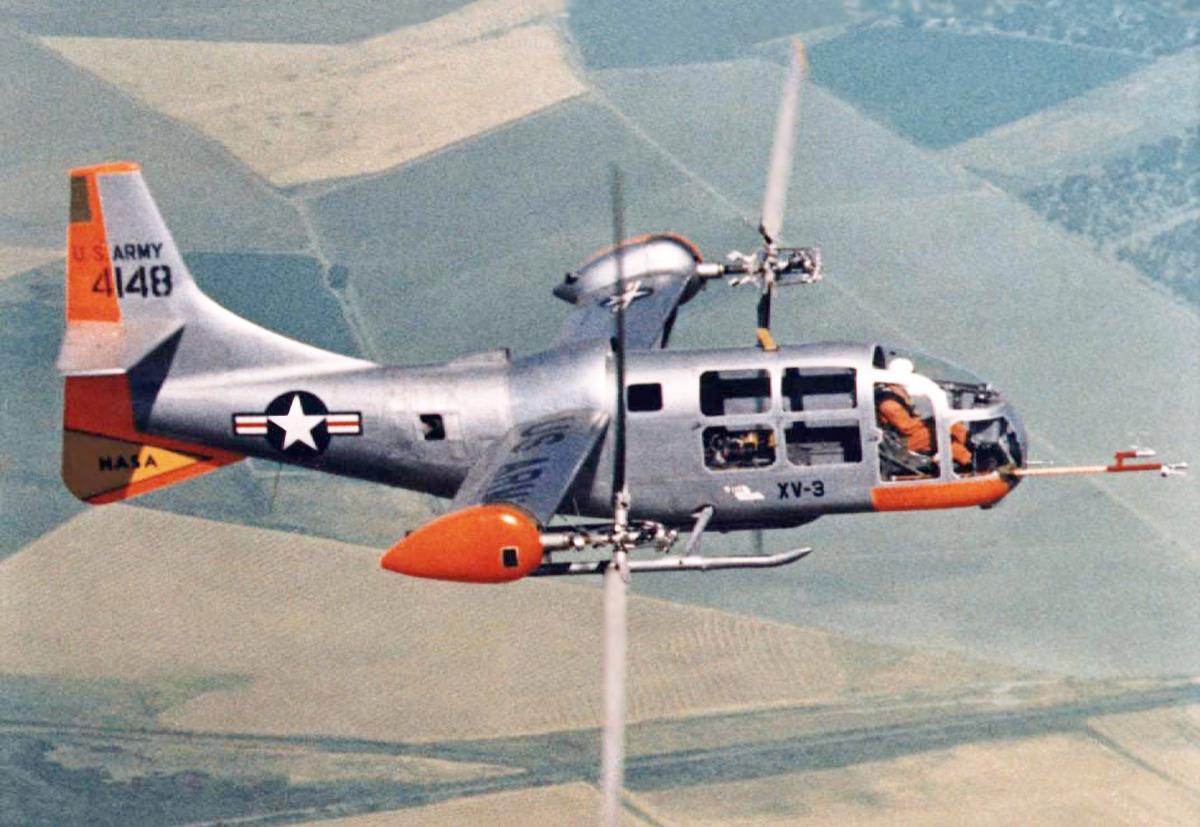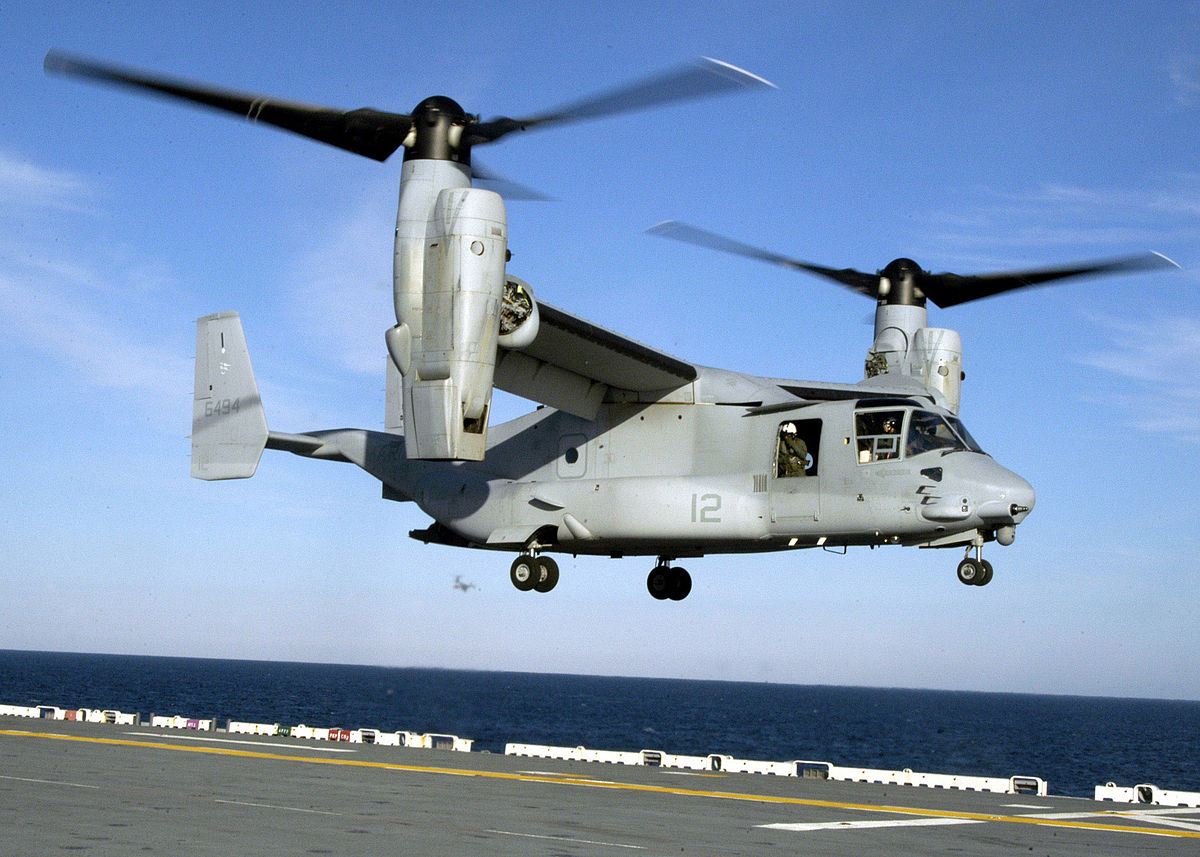Francisco Martínez Torres
ACCESS: Restricted
- Joined
- 21 November 2022
- Messages
- 20
- Reaction score
- 10
Starting point
Juan de la Cierva had already decided to continue his work motorizing the gyroplane's rotor. He misses his flight at Croydon which crashes in December 1936 because his car has a flat tire. He travels on the next flight, meets with Focke, and together they design and develop two helicopters: one attack, CFW-8 Matador, another CFW-47 Nomada troop transport.
In 1940, Germany launches an airborne attack on England with 1,000 pairs of attack/transport helicopters, and invades England in two weeks. Nazi party in UK governs, aligns with germany and operation barbarossa is planned including the british army.
Juan de la Cierva had already decided to continue his work motorizing the gyroplane's rotor. He misses his flight at Croydon which crashes in December 1936 because his car has a flat tire. He travels on the next flight, meets with Focke, and together they design and develop two helicopters: one attack, CFW-8 Matador, another CFW-47 Nomada troop transport.
In 1940, Germany launches an airborne attack on England with 1,000 pairs of attack/transport helicopters, and invades England in two weeks. Nazi party in UK governs, aligns with germany and operation barbarossa is planned including the british army.


